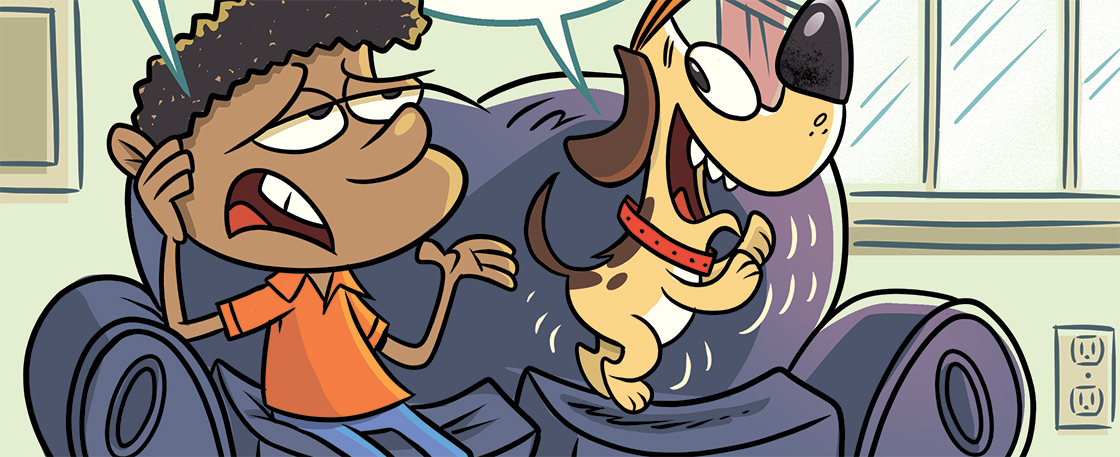“I’ve never been so bored in my life,” remembers Justin, a 10-year-old from Florida.
It was last summer, and his parents had dragged him to his sister’s weekend swim meet. As usual, Justin brought along an iPad loaded up with games and movies. Then disaster struck. “The iPad died,” Justin says softly, like he’s talking about a beloved pet.
With no Minecraft to play and no videos to watch, Justin had nothing to do but sit there—for hours. “It was torture,” he says.
“I’ve never been so bored in my life,” remembers Justin, a 10-year-old from Florida.
It was last summer. Justin’s parents had dragged him to his sister’s swim meet. He had an iPad with him. It was filled with games and movies. Then disaster struck. “The iPad died,” he says sadly.
Justin had no Minecraft to play. He had no videos to watch. And he had to sit there for hours. “It was torture,” he says.
"Nunca me he aburrido tanto en mi vida”, recuerda Justin, de 10 años de edad de Florida.
Fue el verano pasado, y sus padres los arrastraron a la competencia de natación de su hermana. Como de costumbre, Justin trajo su iPad repleto de juegos y películas. Entonces, ocurrió la catástrofe. “El iPad murió”, Justin dice en voz baja, como si hablara de una mascota muy querida.
Sin Minecraft que jugar ni videos que ver, Justin no tenía nada que hacer excepto quedarse allí... durante horas. “Fue una tortura”, dice.


